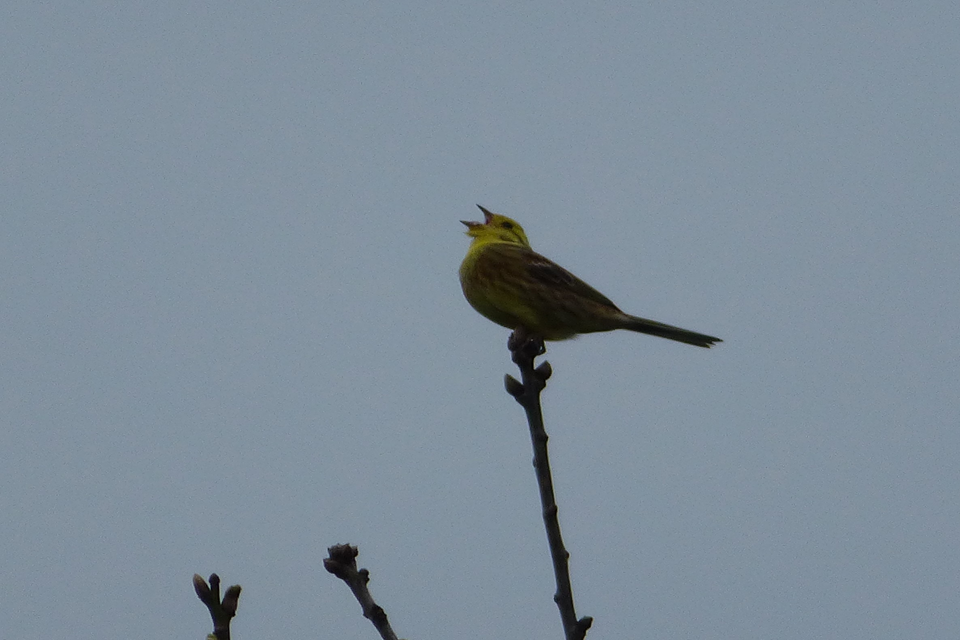Wildlife thrives at Wybunbury Moss following field restoration
Endangered wildlife is flourishing at Wybunbury Moss National Nature Reserve following Natural England's restoration of adjacent farmland.

Red-girdled mining bee
Wybunbury Moss is one of only 3 known floating peat bogs created by subsidence in the UK. This is where a carpet of vegetation floats on an underground lake, supporting highly specialised plants and animals. Peat bogs absorb carbon dioxide, so help mitigate climate change and improve air quality.
The fragile ecosystem requires extremely low nutrient levels, making the end of fertiliser use on adjacent fields crucial for its long-term protection.
Natural England secured the 14.94-acre lease from the Church Commissioners for England in September 2023, part of its work to deliver the government’s environmental targets.
Just 2 years after ceasing fertiliser use on the leased fields, the site has recorded 169 different species, including several rare and threatened birds, mammals and insects.
The impressive biodiversity recovery demonstrates how quickly nature can return when given the right conditions, as part of the government’s Plan for Change.
Notable species now using the restored fields include the nationally scarce, red-girdled mining bee, which cannot be found elsewhere in the area.
Several Biodiversity Action Plan species have also returned, including brown hare, grass snake and soprano pipistrelle bats which hunt insects over the meadows at night.
Bird populations are particularly benefiting, with sightings of the red-listed yellowhammer alongside skylark, linnet, lapwing and barn owl – all species of conservation concern.

A yellowhammer bird
The restoration work has also significantly reduced nutrient pollution entering the rare schwingmoor, or floating bog, which forms the heart of this nationally important nature reserve.
Paul Shires, Senior Reserve Manager for Natural England in the West Midlands, said:
“The transformation we’ve witnessed at Wybunbury Moss in just 2 years has exceeded our expectations.
“The significant reduction in nutrients flowing into the rare floating bog ecosystem is already protecting its delicate balance, while the rapid return of species like the red-girdled mining bee demonstrates the value of this restoration work.
“This project shows how targeted land management can deliver real benefits for nature as part of the government’s Plan for Change.”
Zara Gower, Farmland Portfolio Asset Manager at the Church Commissioners for England, said:
“We’re delighted to see such remarkable biodiversity improvements just 2 years after Natural England began managing these fields.
“The rapid return of rare and threatened species demonstrates the value of this partnership approach to land management.
Robbie Brett, Farmland Portfolio Environmental Asset Manager at the Church Commissioners for England, added:
“We remain committed to supporting environmental recovery alongside sustainable farming practices across our portfolio in line with our improvement strategy for Sites of Special Scientific Interest (SSSI).”
The restoration programme is delivering wildflower diversity and restoring ancient hedgerows to create natural connections across the landscape and looks to include livestock-grazing going forwards.